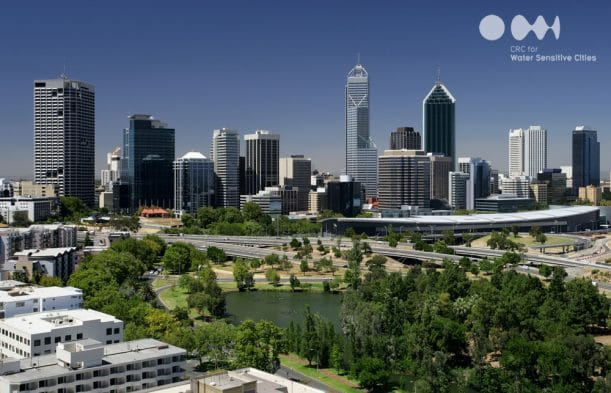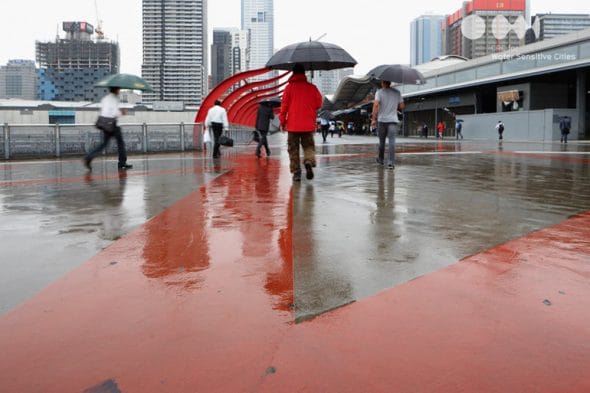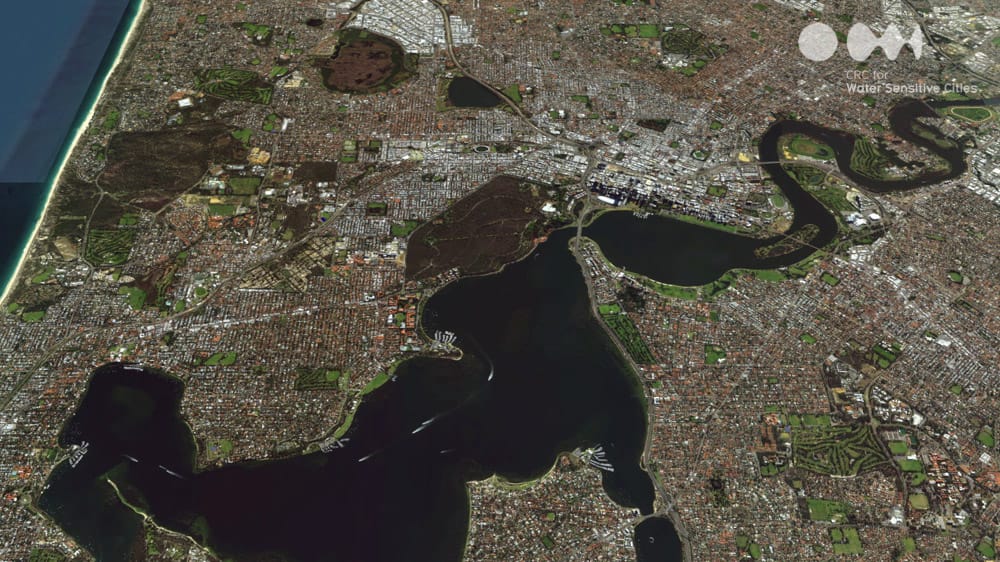The economics of water sensitive cities: No “soft science”!

For a long time, the world of water research was dominated by a “hard science” approach to understanding our relations with the hydrological cycle. But at the CRC for Water Sensitive Cities (CRCWSC), engineering and the physical sciences are not the only hard-headed disciplines involved in urban water research, as confirmed by the CRCWSC’s sophisticated work on the economic and sociological fronts. The CRCWSC’s Program A (Society) unites under its banner some of the most exciting developments in this domain.

Take Project A1 (Economic modelling and analysis) for example, which is headed by Professor David Pannell, a leading environmental economist at the University of Western Australia. The project aims to quantify the costs of developing and maintaining a water sensitive city, along with the behaviour of consumers. Knowing the costs and benefits before embarking on technical implementation of any water sensitive city project is crucial for effective decision-making, David asserts. Governments, businesses, all sectors of society – everyone is involved in some way, and everyone needs objective data and analysis to base decisions on. But exactly what data does each sector demand? How can data be delivered most effectively, and what range of attitudes do consumers, among other players, bring to the encounter? “Judgements are often made without sufficient evidence,” says David. “We are trying to ensure good decisions, made with adequate evidence. For the public budget, it’s a matter of getting the best ‘bang for your buck’.” David hopes that Project A1 will put all those issues to the private sector also, helping them find ways forward although the benefits of well-informed management practices “may not be fully appreciated yet”.
A gaming licence for real-world experiments
Social issues are qualitative and subjective, almost by definition; transforming them to be quantitative for rigorous investigation is the task of Professor Lata Gangadharan, one of the world’s foremost “experimental economists”, at Monash University. As leader of the CRCWSC’s Sub-project A1.1 (Economic valuation), Lata probes the needs and attitudes of the taxpaying public. She and the research team at Monash University (consisting of Dr Anke Leroux, Dr Paul Raschky, and Dr Daniel Brent) start with three big questions: How willing are people to pay for stormwater harvesting? How do we best quantify the contribution of urban water amenities to property values? And in light of those questions, what is the optimal portfolio of urban water supply sources from the economic and social standpoint? Each of these questions motivates a specific line of research.
To address the first question, Lata’s team looks deep into the determinants of willingness to pay for stormwater management. One thing making her approach unique, she told us, is the use of real monetary rewards in experiments, compared with hypothetical payoffs. Most research has been restricted to the hypothetical, which in turn restricts its practical relevance. So real-world is Lata’s approach that the team had to obtain a gaming licence, for some experiments.
Themes and variation
The team’s second line of research in A1.1 explores new frontiers in “hedonic pricing”: testable hypotheses are formulated and a definite empirical framework is used, to determine precisely how consumers value interventions like stormwater harvesting. What has been most surprising so far? “We do find a lot of variation in responses,” said Lata. “Different economic groups respond quite differently. There’s heterogeneity all around.”
Such high variability also plays a key role in findings emerging from Sub-project A1.2 (Valuation of economic, social and ecological costs and benefits): “People do put a high value in general on these issues,” David Pannell reports. “But the details depend a lot on history. Different countries, different traditional attitudes, and so on.”
What do the Partners think?
So what is the CRCWSC’s Industry Partners’ take on these questions, as they extend beyond the world of “pure” academic research?
Emma Bishop from the Office of Living Victoria, one of the CRCWSC’s nine designated Essential Participants, emphasises the importance of evaluating non-market benefits in the transition to water sensitive cities. Emma is enthusiastic about the CRCWSC’s research initiatives as she is seeking data on non-market benefits to include in an analysis of the costs and benefits of new building and planning controls, along with other options, for improving the water performance of new houses and other developments. “Melbourne is about to experience rapid growth,” says Emma. “We have a rare window of opportunity to influence this growth and improve the urban environment for both current and future generations.”
For Emma, it isn’t just about conserving potable water, desalination, and similar hot topics. It’s also about managing stormwater and creating more liveable environments. “We rethink the way we manage stormwater, through actions such as providing more green spaces, to maintain the health of our waterways and bays and improve the liveability of our towns and cities,” she says. Working closely with Sub-project A1.2, Emma notes that for regulatory bodies, and municipal councils and other levels of government, many of the benefits of such improvements are currently difficult to quantify, but that “these policy decisions are likely to have a significant impact on our urban communities through, for example, protecting the health of local waterways and bays, improving public health and well-being, and reducing nuisance flooding and urban heat island effects”.
Mapping the way ahead
Sub-project A1.2 is still a work in progress; but early results have been valuable in mapping the terrain for future exploration. An objective basis for policy and regulatory decisions will depend on exact and reliable methods to evaluate social and economic costs; the A1.2 team is teasing out conditions for progress in this uncertain domain.
What new water infrastructure do we need? What old water infrastructure is dispensable, as it no longer meets our cities’ needs? How do we supply potable water to new urban developments? Do we process and reuse wastewater? How? Do we supply water by recycling, or do we build desalination plants? How do we effect flood control? Are decisions that are successful in Melbourne also applicable in Sydney? And Jakarta? And Kunshan? Does one community’s attitude to paying the cost differ in relevant ways from another community’s attitude? Are optimal practices social first or geographic first, or mixed? Mixed in exactly what way? Do we enforce water restrictions during the fire season, and lift them during the wet season; or should they be permanent and year-round?

Attitudes are various, and they play a critical role in determining best practice in these and many other areas of water policy. Those are crucial questions, and the crucial answers cannot come from traditional engineering and the physical sciences alone, as the CRCWSC’s specialist researchers in hard-headed economics and social policy have already amply demonstrated.
Helen Cameron and Alan Crosier for the Mind Your Way team